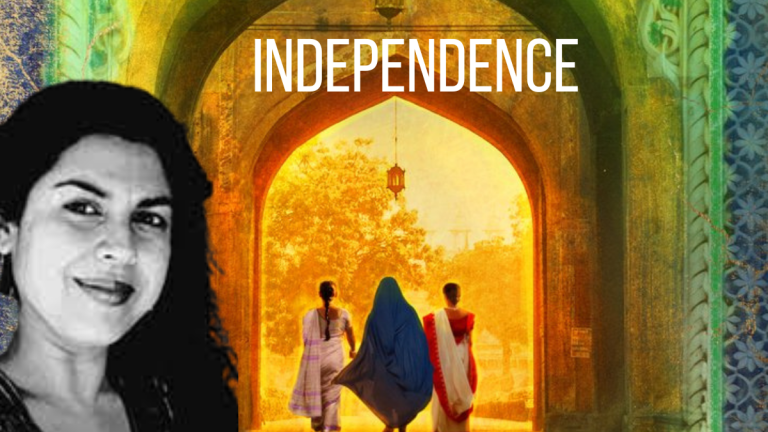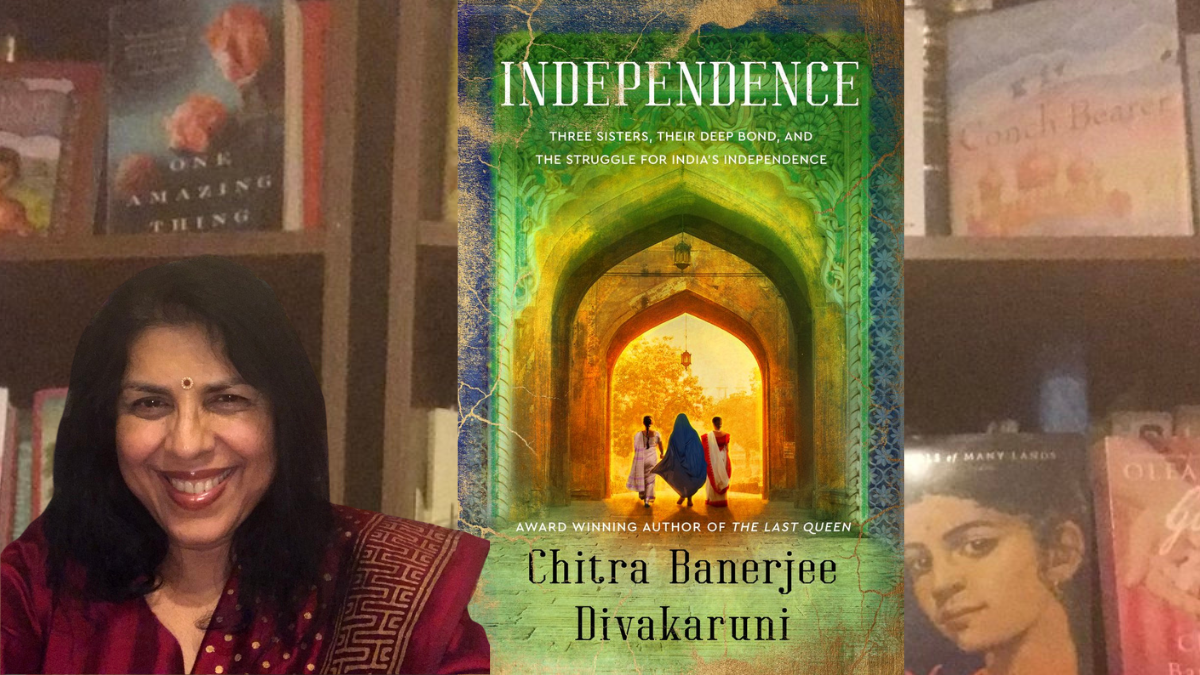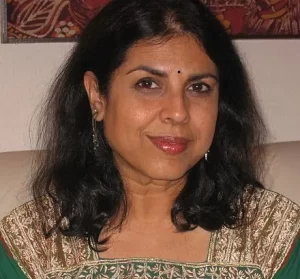
Much of the literature about India’s Partition has been written around the violence and tragedy. The focus is the Punjab. But there was another Partition: that of British India’s Bengal province into West Bengal, and East Pakistan (now Bangladesh)
By Raji Pillai
The Bengal Partition
Much of the literature about India’s Partition has been written around the violence and tragedy in the northwest. The focus is the Punjab, at and across the border of what became current-day India and Pakistan. Bhisham Sahni’s Tamas and Khushwant Singh’s Train to Pakistan are notable examples of Partition literature about the northwest. So is a recent essay in The New Yorker by Parul Sehgal.
But there was another Partition: that of British India’s Bengal province into India’s West Bengal, and East Pakistan (now Bangladesh.) The literature of this Partition is not as prolific. They involve post-Independence life – Mahmudul Haque’s Kalo Borof (Black Ice, translated by Mahmud Rahman) and films by Ritwik Ghatak such as Meghe Dhaka Tara. Some recount the lives of refugees. Sunil Gangopadhyay’s Arjun (translated by Chitrita Banerji Abdullah) and more recently, Bhaswati Ghosh’s Victory Colony are examples.
The Partition split Bengal
Chitra Banerjee Divakaruni’s new book Independence (William Morrow, 2023) adds to the stories of India’s independence from the viewpoint of Bengal’s partition into India’s West Bengal and Bangladesh. It’s the story of three sisters in Deepa, Jamini, and Priya, and their lives over a crucial period in India’s history. It covers August 1946 until February 1948 – the period before, during, and after India’s independence from British rule and partition into India, and East and West Pakistan.
The story portrays the lives and heartbreaks of the sisters during this period as they come into their own. The drumbeats of history punctuate their lives as they seek to fulfill their own dreams, reflecting the three nations that came out of India, each with its own hopes, challenges, strengths, and sources of pride.
 A game of chess
A game of chess
The book starts in Ranipur, a suburb of Calcutta, with a game of chess between Priya, the middle daughter of Nabakumar and Bina Ganguly, and Nabakumar’s dearest friend, landowner Somnath Chowdhury. Priya has dreams of her own independence, of becoming a doctor like her father. Nabakumar has a clinic in Calcutta which he runs with his doctor friend Abdullah. They serve many, but few can pay for their services. Eternally short of money because of his habit of turning no patient away, Nabakumar receives financial help from his well-off friend Somnath.
Nabakumar takes the whole family to Calcutta for a few days, for a holiday. Amit, Somnath’s horse-riding, western-clothes-wearing son accompanies them. In Calcutta, the family meets Abdullah and his dashing doctor-son Raza.
A divided leadership
This idyllic holiday turns a terrible turn. The leaders of India, both British and Indian, have differing views on how an independent India would look. Jinnah desires a separate country for Muslims: Pakistan. To garner support for this vision, he calls for Direct Action Day, a day for all Muslims to take to the streets and demand a separate nation. Regarded as one of the initial sparks for communal violence, and a catalyst of much that was to follow, Direct Action Day, shattered the Ganguly family’s innocent time, and changed their lives, much like India itself, forever.
The book is in five parts, replete with forbidden love, switching of identities, military intrigue, daring rescues, and unimaginable sacrifices. The first part, set in August 1946, is fast-moving and gripping and a premonition of things to come — some long-awaited and planned, others, unspeakable, horrific. On the one hand, India’s national pride and striving to throw off the yoke of Britain’s colonial rule; on the other, communal violence, tearing arms and legs from the body of India, the blood flowing in the streets.
A story of three sisters
The story of the three sisters continues against a backdrop of political events that adds tension and urgency to the plot. The narrative includes the infamous violence and killings in Noakhali, the inexorable path to India’s independence and its attainment, the horrors of Partition, and the assassination of Mahatma Gandhi.
Independence lights up the inner lives and desires of the women Divakaruni writes about, against the canvas of the most critical period in modern Indian history. At all times, amidst social and political turmoil, Divakaruni’s compassionate gaze is on the women leading their daily lives, struggling to survive and live with dignity.
Women without money

In one instance, Priya hands Deepa a stack of currency she has earned and tells her to keep it. “Women without money are forced to make bad choices. I do not want that to happen to you,” she says.
In another, Bina feels distressed hearing her husband speak of how he and Somnath attended rallies for independence and were jailed. She remembers being left alone with three young children, not knowing if her husband would return. The author notes, “When men go off to be heroes, do they even realize what it does to the women they leave behind?”
Divakaruni describes Priya’s foray into America to pursue her dream with sympathetic brush strokes coloring an immigrant’s life. She writes about loneliness, the struggle with different foods, the climate, the longing for distant family, and the long waits for the postman.
A loose end
There was one loose end I struggled with. Without giving the plot away – I wondered how a powerful man could disappear from the story after losing more than he had bargained for. Vengeful feelings from those in power do not conveniently vaporize in real life. Nonetheless, it is certainly comforting, even if improbable, when they are wiped off the slate in fiction.
Lyrical writing
Divakaruni’s writing is simple, lyrical, and musical. Music permeates the book; two of the sisters are gifted singers. They sing about the beauty of nature, romance, love, longing, and loss, and rousing patriotic songs by Rabindranath Tagore and Kazi Nazrul Islam. Divakaruni includes a few lines of lyrics for many songs, as well as her translation.
The Bengali songs and poetry referred to and sung throughout the book are evocative, and I found myself nostalgic. For example, freedom fighters chose “Bande Mataram,” (Salutations to the Motherland) written in Sanskritised Bengali by Bankim Chandra Chatterjee as their special anthem.
Children of the Motherland
Early in the book, Nabakumar reminisces with Somnath about their attendance at rallies for an independent India. He recites lines from a poem by Kazi Nazrul Islam, “Durgam Giri Kantar Moru” translated by the author as:
“Who is it that dares ask, the drowning ones—are they Hindu or Muslim?
Say instead, they are humans, they are the children of my motherland.”
Differences that seemed insurmountable in life evaporate in death as bodies lie strewn in the streets, missing arms, legs. “Hindu or Muslim? In death, there is no difference.” The exhortation for unity and peace pervades the book. It rings true even today, as communal tensions rise, ignited as much by today’s wily politicians as they were in yesteryears.
A Bengali national anthem
A song that Deepa sings, written by Rabindranath Tagore when the two Bengals were still one, became the national anthem of Bangladesh.
Amar Sonar Bangla ami tomay bhalobashi
Chirodin tomar akash tomar batash
Amar prane bajay banshi
Amar Sonar Bangla
O my golden Bengal, I love you.
Your sky, your breezes, forever
they are a music to my soul.
My golden Bengal.
Like this song, Chitra Banerjee Divakaruni’s Independence is an eloquent love song for her beloved Bengal.
___________________
Raji Pillai lives in the San Francisco Bay Area and writes at www.rajiwrites.com. You can find her on Twitter at @rajiwrites2 More by Raji Pillai
Courtesy: India Currents – a nonprofit, nonpartisan, ethnic media organization focused on the Indian American community. (Posted on February 26, 2023) Reproduced with the permission of India Currents